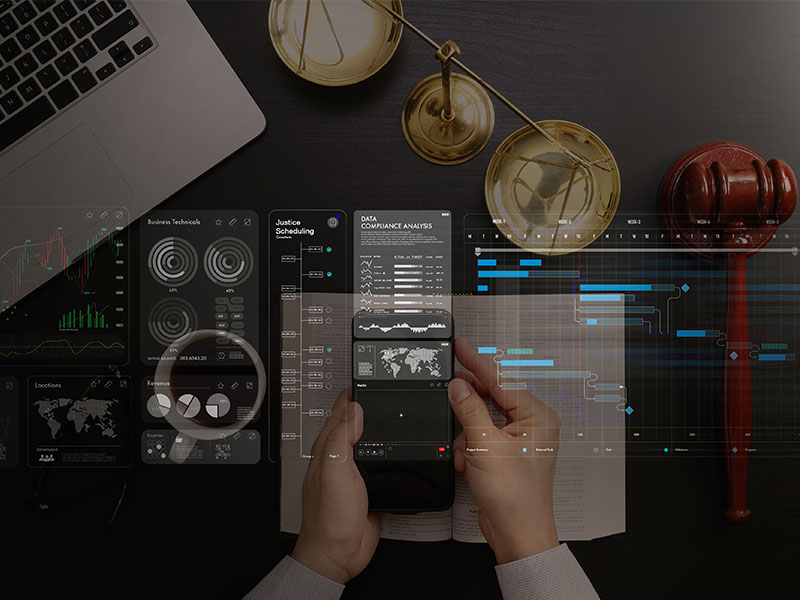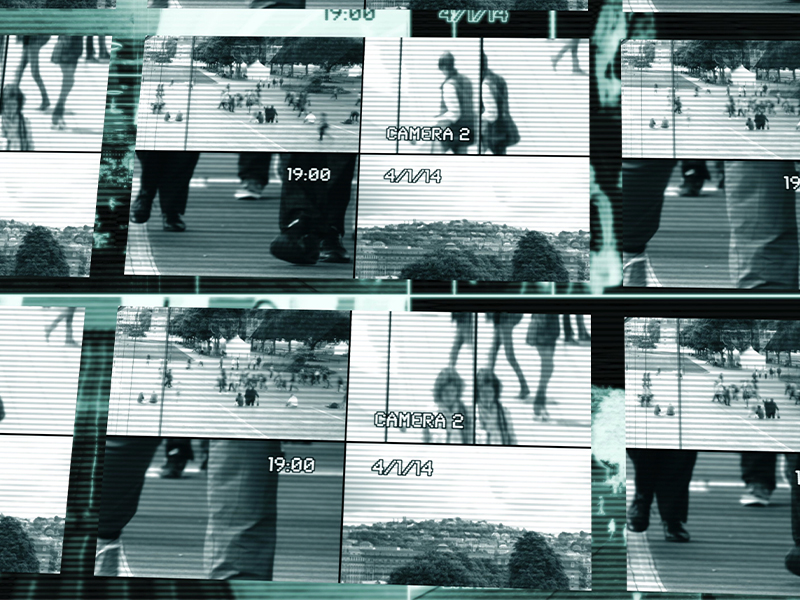In the past, legal arguments relied heavily on the power of the spoken word. Lawyers meticulously crafted their arguments, relying on their eloquence and the jury’s ability to absorb complex information through oral presentations. However, the modern courtroom is a visually-driven environment. Jurors, accustomed to the constant stream of images and information in their daily lives, now expect lawyers to present their cases in a visually compelling way. This shift has led to a significant evolution in the creation and use of legal visuals.
This article explores the latest trends in legal visuals, examining how technology is transforming courtroom presentations and outlining best practices for leveraging this powerful tool.
The Rise of Data Visualization
Traditionally, legal presentations relied heavily on static visuals like charts, graphs, and timelines. While these tools can be effective, they often struggle to communicate complex data sets or intricate legal concepts in a clear and engaging way. Here, data visualization steps in.
Data visualization uses visual elements like color, shape, and size to represent information, making it easier for audiences to understand complex relationships and patterns. Interactive data visualizations allow jurors to explore the data themselves, fostering deeper engagement and a better grasp of the case’s key points.
For example, a lawyer representing a client in a product liability case can use an interactive 3D model to visually depict the malfunction of a faulty product, allowing jurors to rotate and examine the model from different angles. This approach is far more impactful than a static image or lengthy technical description.
Embracing Animation and Motion Graphics
Static visuals, while still valuable, are no longer enough to capture the attention of a jury accustomed to fast-paced multimedia experiences. Animation and motion graphics offer a dynamic way to present information, adding a layer of storytelling that can enhance audience comprehension and retention.
Animated timelines can illustrate the sequence of events in a case, while explanatory animations can demystify complex legal concepts or technical processes. Motion graphics can be used to highlight key facts and figures, making them stand out from the rest of the presentation.
However, it’s crucial to use animation and motion graphics judiciously. Excessive animation can be distracting and detract from the message. The focus should remain on clarity and reinforcing the legal arguments.
The Integration of Augmented Reality (AR) and Virtual Reality (VR)
While still in its nascent stages within the legal field, the potential of AR and VR for courtroom presentations is undeniable. AR overlays digital information on top of the real world, allowing lawyers to create interactive exhibits that jurors can manipulate in real time.
Imagine a scenario where a lawyer uses AR to virtually recreate the scene of a crime within the courtroom, allowing jurors to walk through the space and examine evidence from different viewpoints. This level of immersion can significantly enhance juror understanding and memory of key details.
VR technology creates a fully immersive environment. Although VR is currently not widely used in courtrooms due to logistical constraints, it can be a powerful tool for juror preparation. Lawyers can use VR to place jurors at the scene of an accident or within a critical location in a property dispute, fostering a deeper understanding of the case’s context.
Leveraging the Power of Storytelling
The human brain is wired for stories. Effective legal visuals don’t simply present data; they tell a compelling story that resonates with the jury. By weaving visuals into a clear narrative, lawyers can connect with jurors on an emotional level, making their arguments more persuasive.
Visuals can be used to illustrate key moments in the case, highlight the human cost of legal actions, or personalize complex legal issues. For instance, in a personal injury case, photographs of the injured party before and after the incident, alongside medical illustrations of the injuries, can create a powerful emotional impact on the jury.
Best Practices for Creating Effective Legal Visuals
The adoption of new technologies is exciting, but it’s important to remember that technology alone does not guarantee success. Here are some best practices for creating compelling legal visuals:
- Focus on Clarity: Ensure visuals are easy to understand, even for jurors with no prior knowledge of the subject matter.
- Maintain Simplicity: Avoid cluttering visuals with too much information. Keep design elements minimalist and focus on the key message.
- Prioritize Accuracy: Double and triple-check all data and information depicted in visuals for accuracy.
- Maintain Consistency: Maintain a consistent visual style throughout the presentation for a professional and polished look.
- Test and Refine: Pre-test your visuals with a representative audience to ensure clarity and effectiveness.
By embracing these best practices and staying updated on the latest trends in legal visuals, trial support teams can create presentations that not only inform juries but also persuade them, ultimately strengthening their client’s case.
The legal landscape is constantly evolving, and the way legal arguments are presented is no exception. By leveraging the power of new technologies





